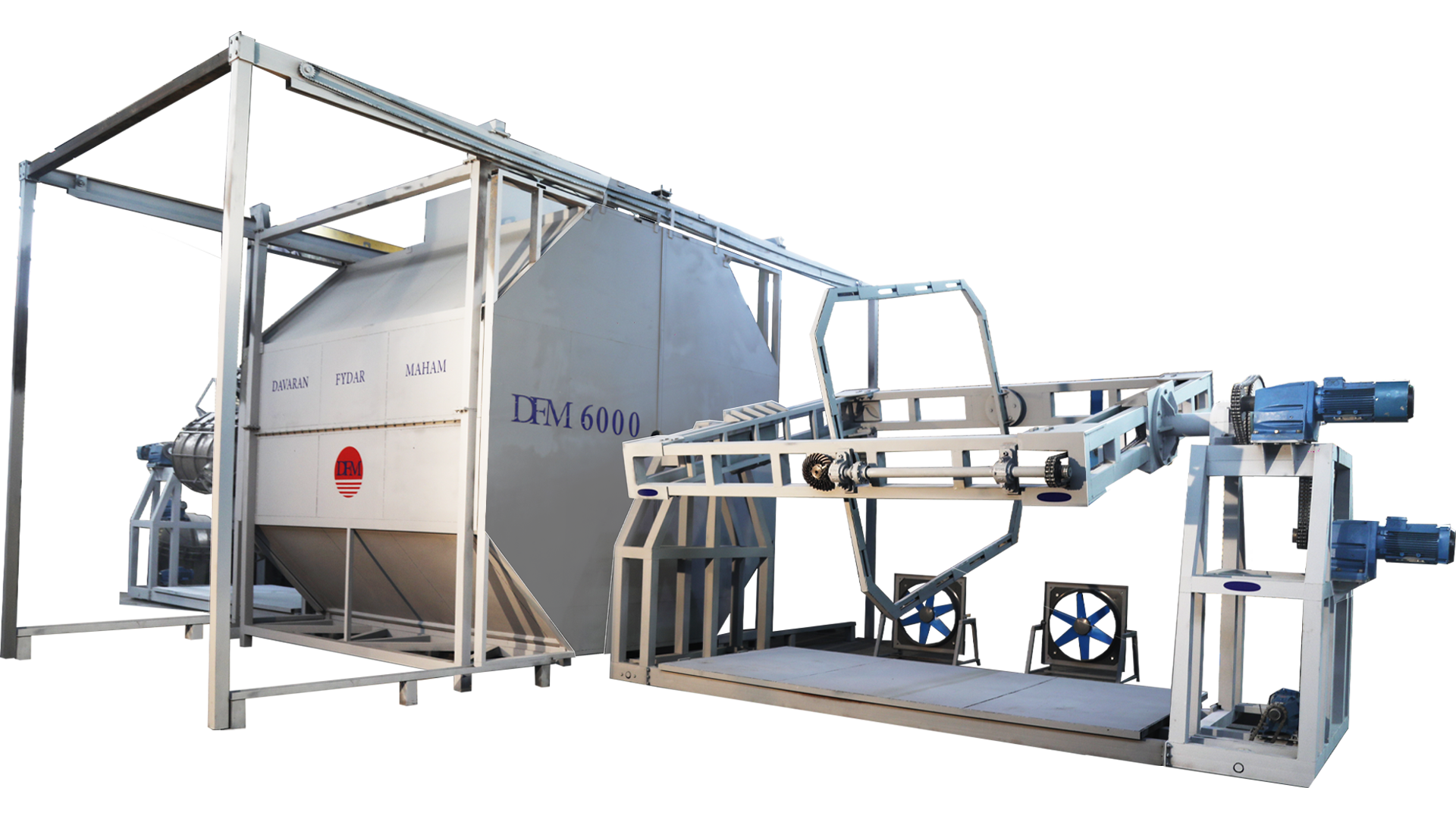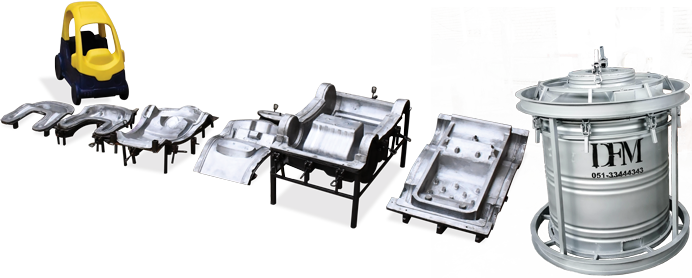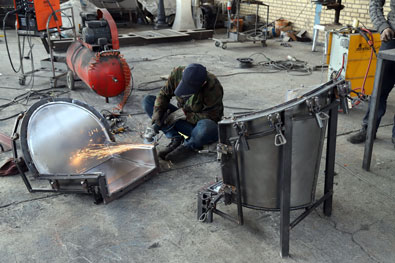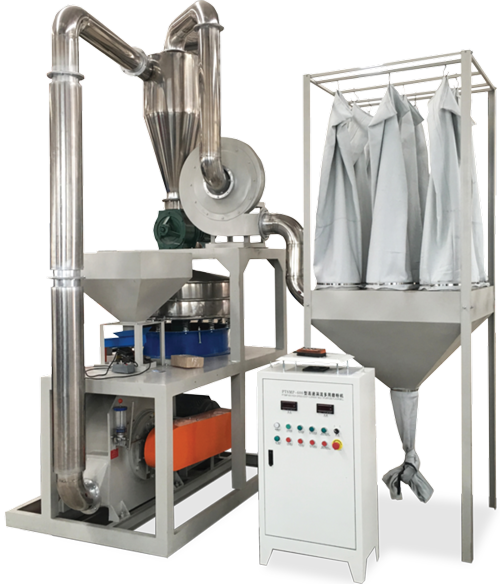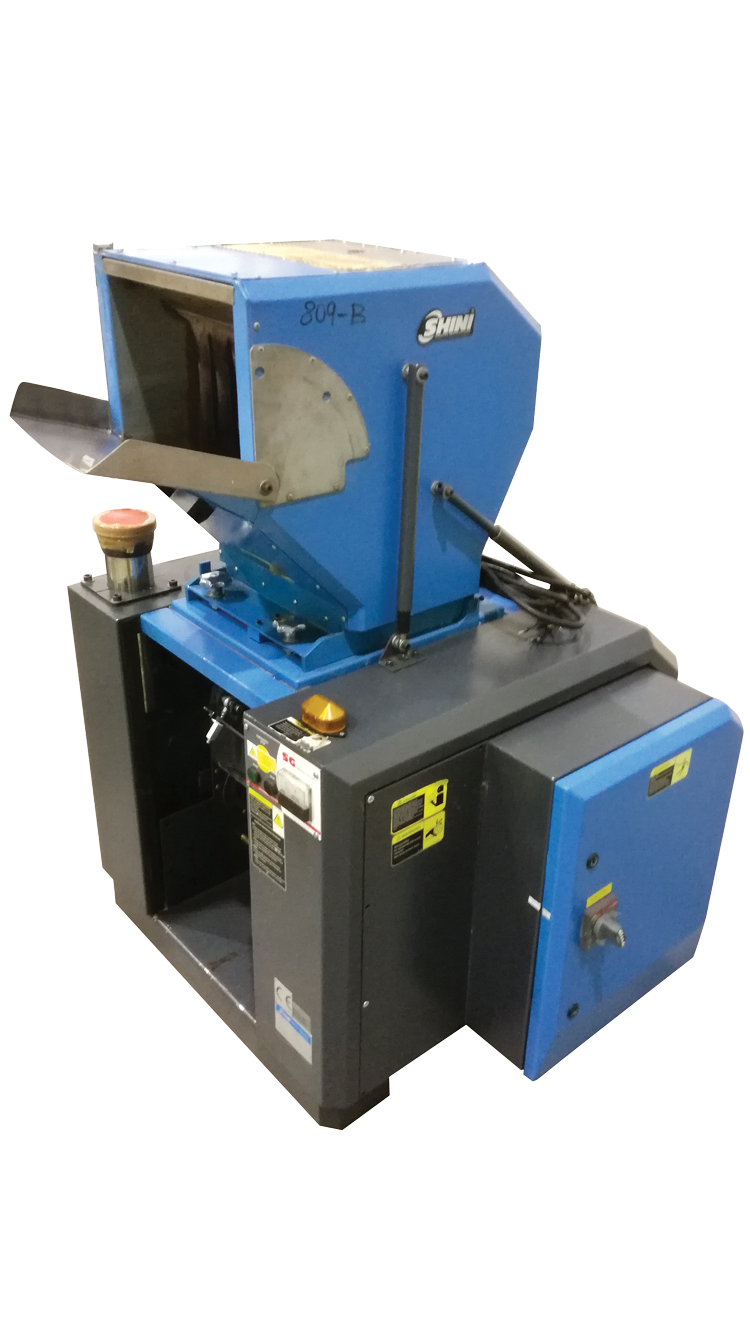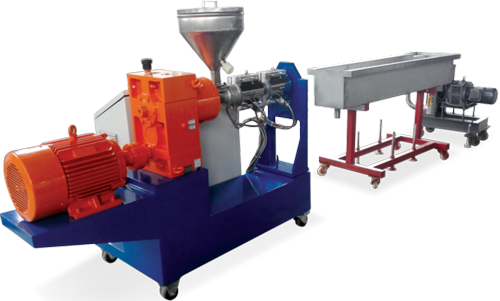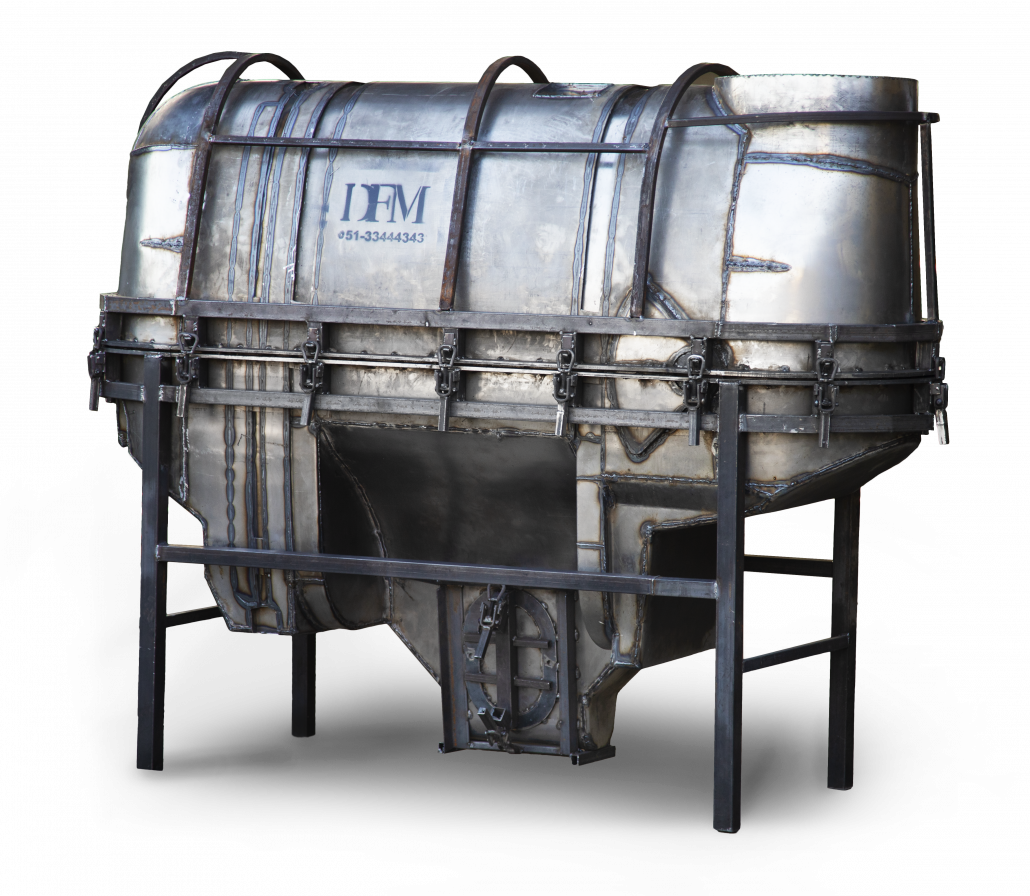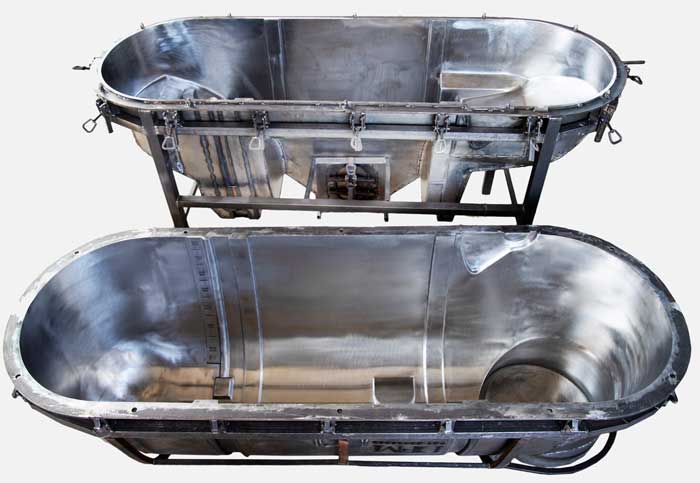500 LITERS MOUNTED SPRAYER TANK
Designed and manufactured in DFM Co.
500 liters tank designed for mounted sprayers and in a way to minimize the amount of force exerted on tractor arms.
The most commonly used raw material in rotational molding is polyethylene. Which, also, is used in making this tank. The reasons for its popularity are listed below:
- UV resistant.
- Usable outdoors and in different weathers.
- High durability due to high yielding stress and impact strength.
- Corrosion resistant.
- Able to contain a wide range of fluids, from aggressive compounds to drinkable water, with no chemical disturbances.
- Damaged products can be easily repaired

 فارسی
فارسی